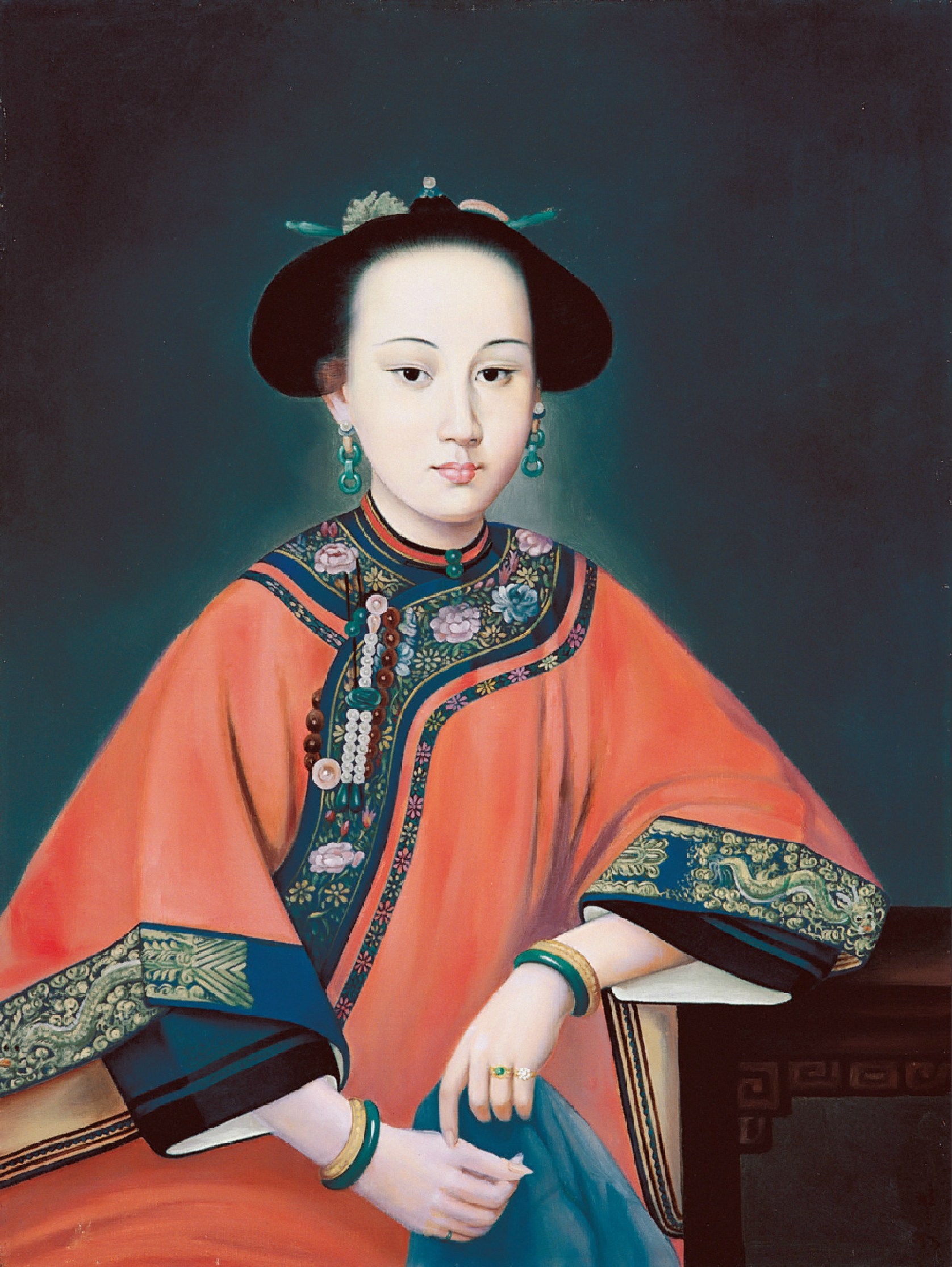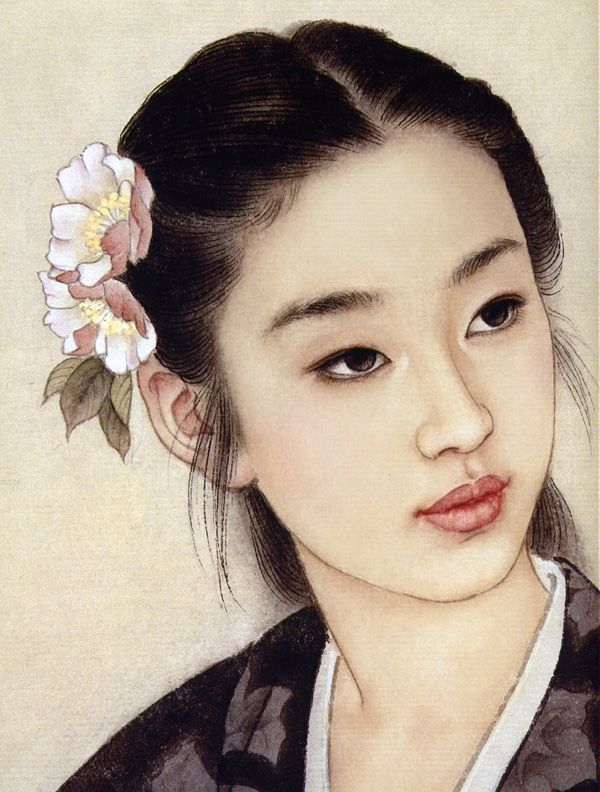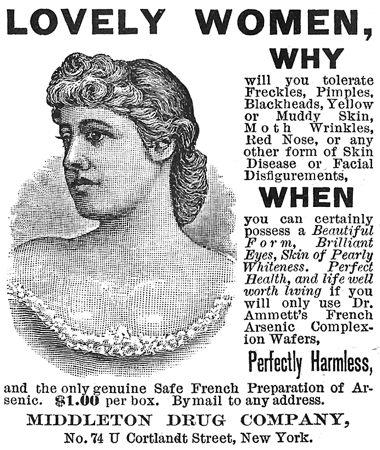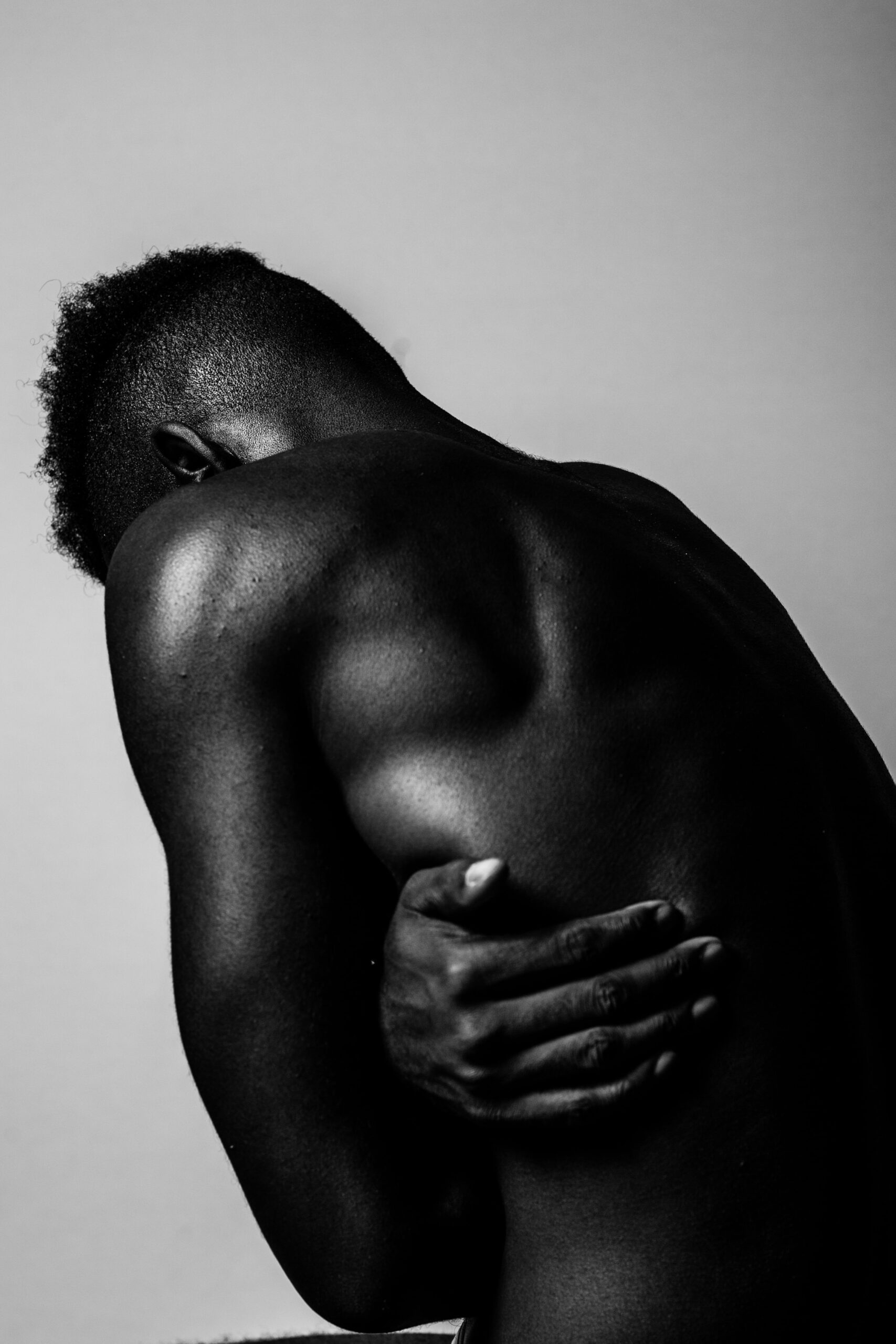“Colorism is the daughter of racism”, said Academy Award-winning actress Lupita Nyong’o, who is also a dark-skinned Kenyan-Mexican woman.
On October 1, 2019 Nyongo’ took to Twitter to write “Colorism, society’s preference for lighter skin, is alive and well. It’s not just a prejudice reserved for places with a largely white population. Throughout the world, even in Kenya, even today, there is a popular sentiment that lighter is brighter.” in a series of tweets to explain why she decided to write her own children’s book called Sulwe.
Whenever a large celebrity speaks about colorism (or any systemic issue for that matter), it always sparks worldwide discourse on the platform with individuals from all walks of life commenting and sharing their experiences about that particular topic. What I’ve noticed is that any time colorism is discussed online, it is compared to white girls tanning e.g. ‘they lighten their skin in India but in the west white people want to tan; I guess we all just want what we can’t have!’ However this is a grossly oversimplification of what colorism is and how it operates. We need to stop comparing colorism to tanning.
“Colorism is the daughter of racism”
What is colorism?
Colorism is a term that is believed to be first coined by African-American novelist & activist Alice Walker. In 1982, she defined colorism as the “prejudicial or preferential treatment of same-race people based solely on skin color”
Since then, colorism has been a huge topic of interest in academia with hundreds of scientific journals, studies, books, and articles exploring the concept. Although the term was coined by an American author, colorism is a form of systemic discrimination that is observed all over the world and has existed throughout the course of history. From the brown paper bag test to the multi-billion dollar skin whitening industry in Asia, it’s clear that colorism has impacted nearly every culture on the globe, though its prevalence is especially pernicious in countries that were colonized by Europeans.
By implementing racial caste systems, European colonizers were able to establish white supremacy and control populations through racial and color discrimination. This was especially important in the Spanish Americas, where enslaved Africans and Native Americans were coming together in solidarity to rebel against colonization and chattel slavery. European colonizers established a racial caste system in order to, essentially, divide and conquer. With enslaved Africans at the bottom of this hierarchy, Natives one tier above, and Europeans at the top—it was much easier to steal land, exploit labor, and make profit without the added threat of collective resistance.
However the Spanish Americas aren’t the only places where these systems were established. They were established all throughout colonial Africa, Australia, the Middle East, and South and Southeast Asia. Colorism quickly became an unfortunate consequence of global racism and colonialism.


Things are a little bit different in a region like East Asia, where lighter skin was preferred for centuries. There’s a belief in East Asian cultures that lighter skin is associated with purity, beauty, and wealth while darker skin is associated with criminality, poverty, and ‘lowly’ jobs—in regions like East Asia, colorism is rooted in classism. Regardless of where it’s rooted in, colorism is a form of systemic discrimination that dictates how people are treated, what jobs people can or can’t get, and even how much time someone serves in prison. This is all fundamentally different from a white girl getting a spray tan.
What colorism isn’t
Most discourse surrounding colorism online is about beauty standards and desirability politics, which is the reason why I think so many people often compare it to tanning. However colorism isn’t just about how beautiful or desirable you are to potential partners—though it is part of it—colorism is an entire system rooted in the belief that people with lighter skin are less violent, less criminal, more wealthy, more kind, and more pure. This system transcends just a singular standard of beauty. This system affects peoples’ livelihoods.
Numerous studies over the years have shown that Black female inmates with lighter skin tones were likely to have shorter sentences than their darker skinned counterparts and that darker skinned Black men are more likely to be killed extrajudicially by police than lighter skinned Black men. Though racism still affects all within these groups, some are treated differently solely on the shade or color of their skin.
How is colorism different from tanning?
I am Black and Asian and I’m also of a brown skin tone. I’m not white, so I have no first-hand experience when it comes to being a pale white girl. Though I do have an idea of what it’s like based on what my white friends and colleagues have told me, what I’ve seen in countless movies & shows, and what I’ve read online. In the west, having tanned skin is, for some reason, seen as more healthy.
According to fashion & costume historian Shelbey Ivey Christie, pale skin (and very thin, frail bodies) used to be desired by upper class wealthy women in the Victorian era when tuberculosis ran rampant. Pale skin and thin bodies were both symptoms of tuberculosis which, interestingly, were considered beautiful amongst the wealthy upper class. Women even went as far as using arsenic wafers to whiten their skin tones.
In the late 1800s, breakthroughs in medicine discovered that tuberculosis was a disease caused by bacteria. Scientists and doctors discovered the therapeutic benefits of sun exposure and recognized that vitamin D could help combat tuberculosis, as well as rickets. As a result, sunbathing was often prescribed and recommended to patients. By the mid-1920s, tan skin was seen as healthier and more desirable.

Coco Chanel is another figure that is believed to make tan skin fashionable. While on vacation in the French Riviera in that same decade, Chanel got sunburnt and returned to Paris with a tan. Onlookers and fans desired the look, and thus tan skin was cemented as a beauty ideal. Tanned skin in the west has also been linked to a life of leisure and wealth—a lifestyle that would allow one to constantly vacation in sunny destinations.
White friends and colleagues have told me that they’ve been bullied for having pale skin. They’ve been told that they look ghostly, sick, etc. I would never invalidate these experiences—young girls are bullied and made self-conscious about a million things that they have no control over and I’m sure many of them were bullied into tanning their skin. Bullying, regardless of its origins, can have profound effects on a young girl’s self esteem and mental health.
However there’s a fundamental difference between tanning and colorism/skin whitening. On one hand, tan skin is seen solely as a beauty ideal. When white women talk about tanning, they talk about how healthy or glowy they look when their skin is tanned. On the other hand, colorism is spoken about as a system of discrimination.
“Maybe you should come back…and get a glutathione shot because you’re too brown“
In an Indian skin whitening commercial that I saw a few years ago, a beautiful dark skinned actress is auditioning for a director. The director seems impressed, though the actress doesn’t get the role. At home, the actress’s sister gives her a bottle of Fair & Lovely, a popular skin whitening product in Asia. After whitening her skin, the actress suddenly becomes a huge star. In analyzing even this single commercial, it is clear that dark skin is not only seen as less desirable, but it can literally prevent you from getting a job.
In September 2018, Filipina travel vlogger Patricia Averilla uploaded a video titled, ‘I did not get the job because of my skin color’. In this video, she talks about the time she applied to be a flight attendant. She was told, “You can be a flight attendant. Your posture is nice, the way you talk is nice. However maybe you should [come back] after three months and get a glutathione shot”
Glutathione injections, often colloquially referred to as “gluta shots”, are a very popular aesthetic treatment in the Philippines. Practitioners will inject an antioxidant called glutathione into your bloodstream in large doses, in order to whiten your skin. Though glutathione is an antioxidant that can have many health benefits, these treatments inject such large doses into your body that the ingredient significantly whitens your skin.
Averilla was told that she needed to get these injections because she was “too brown”.
Colorism can affect someone’s ability to get a job. It can affect the type of job someone can get. And as I previously mentioned, colorism can even affect whether someone gets killed by police or not. So while tanned skin might make a white girl’s skin appear more glowy, a skin whitening procedure could literally be a matter of life or death for a person of color. That is the difference between tanning and a system rooted in racism and white supremacy.
I greatly value the discourse surrounding beauty standards and desirability, as women are targeted much more than men are by these ideals. But in order to have a nuanced understanding of beauty and identity politics, we must understand not only how these systems intersect with one another, but how they differ as well.
